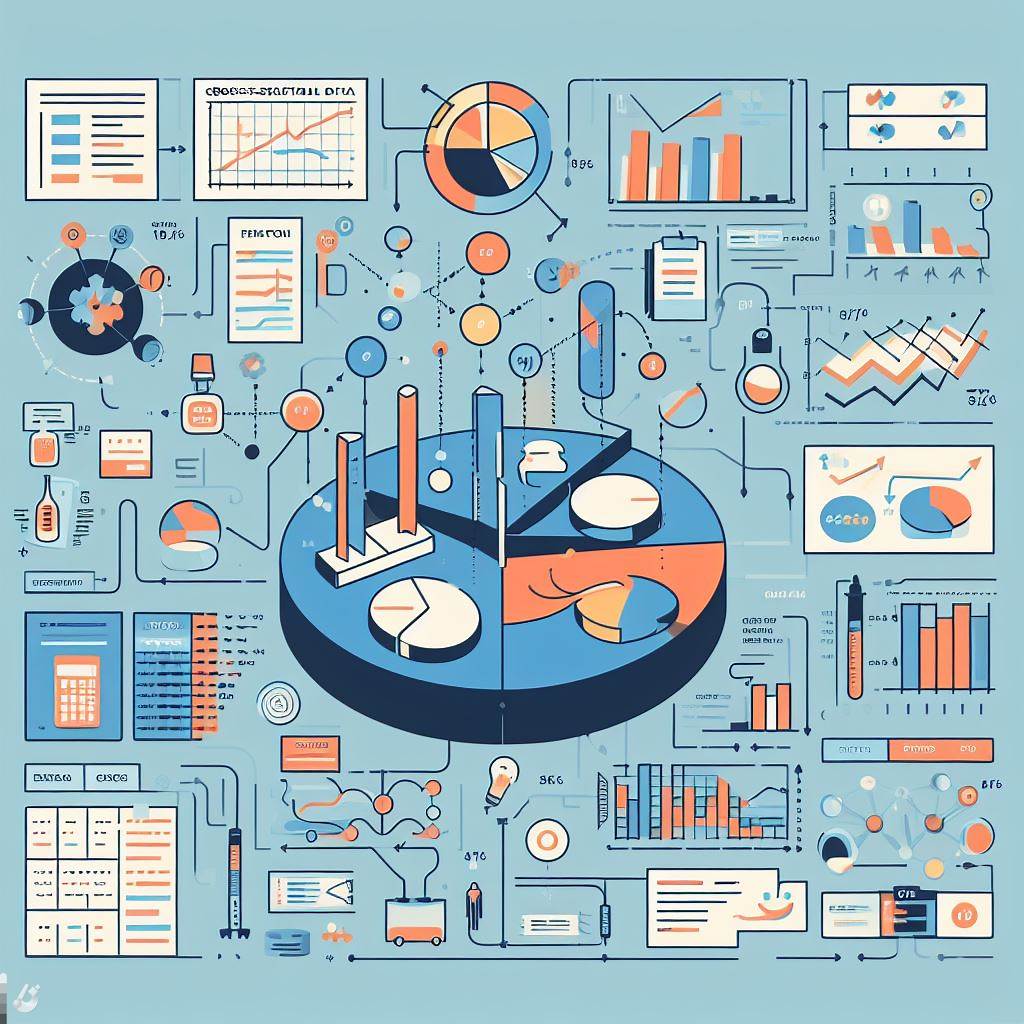Cross-Sectional Data and its Hidden Realities of Cross-Sectional Data
Navigating Beyond the Surface: A Comprehensive Look at Cross-Sectional Data
In the vast landscape of data analysis, cross-sectional data plays a pivotal role, often overshadowed by its more famous counterparts. Understanding the intricacies of this data type is essential for researchers, analysts, and anyone delving into the realms of statistics. Let’s embark on a journey to uncover the lesser-known facts about cross-sectional data.

1. Defining Cross-Sectional Data: Breaking Down the Basics
At its core, cross-sectional data captures a snapshot of a population at a specific point in time. Unlike longitudinal data, which observes subjects over a period, cross-sectional data offers a momentary glimpse, providing a broad overview of various variables within that instance.
2. Snapshot in Time: The Time-Stamp Nature of Cross-Sectional Data
One distinctive feature of cross-sectional data is its temporal specificity. It freezes time, allowing researchers to analyze variables, behaviors, or characteristics within a population without considering the temporal sequence. This instantaneous perspective is valuable for understanding the contemporary landscape of a group.
3. Diverse Applications: Beyond the Obvious Uses
While often associated with surveys and observational studies, cross-sectional data finds applications beyond the obvious. From market research to social sciences, this data type enables researchers to examine correlations, patterns, and disparities in diverse fields. Its versatility makes it a valuable tool in drawing multifaceted insights.
4. Limited to a Single Point: Recognizing the Constraints
While cross-sectional data offers a quick overview, it comes with inherent limitations. The data captures a single moment, potentially missing dynamic changes or trends over time. Researchers must acknowledge these constraints and carefully interpret findings, considering the static nature of the snapshot.
5. Data Interpretation: The Nuances of Drawing Conclusions
Interpreting cross-sectional data demands a nuanced approach. Researchers must refrain from inferring causation based solely on correlations observed at a single point. Instead, it encourages the formulation of hypotheses that can be tested through additional research methods, acknowledging the complexity of causative relationships.
6. Comparative Analysis: Unveiling Group Disparities
One strength of cross-sectional data lies in its ability to facilitate comparative analyses. Researchers can explore variations in variables across different groups within the same time frame. This comparative lens offers insights into societal, demographic, or market dynamics that might be overlooked in other data types.
Conclusion: Beyond the Snapshot
In conclusion, cross-sectional data is more than a momentary snapshot—it’s a powerful tool that opens windows into diverse facets of our world. By understanding its defining features, applications, and limitations, researchers can leverage this data type effectively. As you navigate the landscape of data analysis, let cross-sectional data be your guide to uncovering the hidden realities within the static frame of a single moment.


